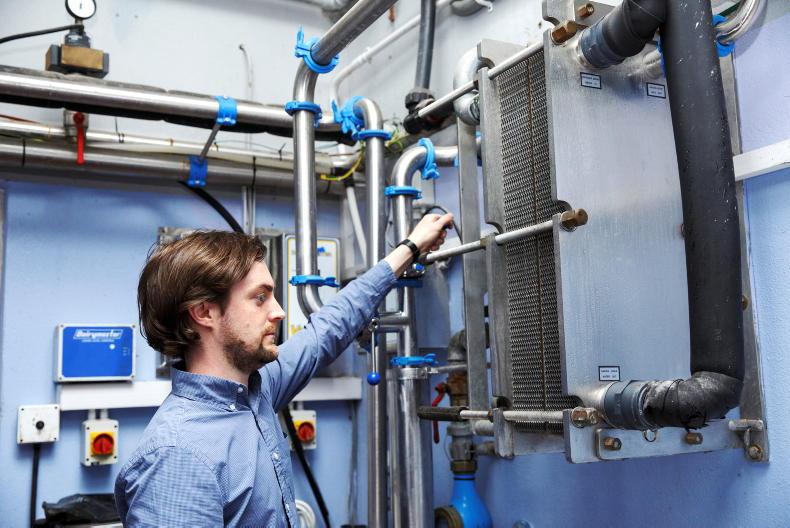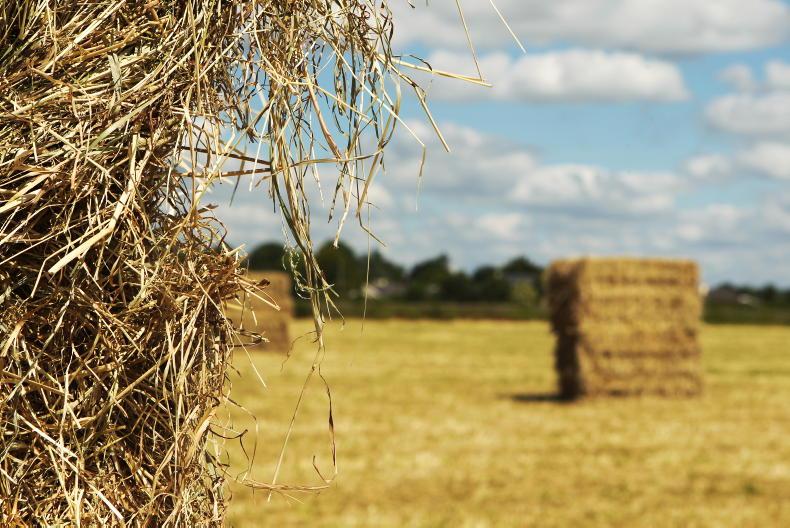Numbers released by the CSO this week showed that data centre hunger for electricity has soared in recent years. In 2022, the sector consumed 5,252 gigawatt hours (GWh) of electricity, more than double the 2019 usage of 2,478 GWh.
This surge in electricity demand from the sector matters as much of it is generated in Ireland by non-renewable sources such as burning coal, oil and gas. This means Ireland’s greenhouse gas emissions are increasing to meet the demand from data centres.
In fact, according the data published this week, data centres accounted for 4,000 GWh of the 4,900 GWh increase in total metered electricity consumption in Ireland since 2015.
This matters both for Ireland’s climate goals and, as has emerged in recent days, the security of supply for all of us in this country.
On the climate side, every unit of electricity generated in Ireland has a “carbon intensity,” – a measure of how many grammes of carbon dioxide are released to produce a kilowatt hour (kWh) of electricity. While the EPA has yet to publish figures for all of Ireland’s production in 2022, the ESB figures are available so using those we see the carbon intensity of their production was 419 last year.
There are 1m kilowatts in a gigawatt, so 419 grammes per kWh is 419,000,000 grammes per GWh. Or, 419t of carbon dioxide per GWh. Therefore the 5,252 GWh used by data centres in 2022 produced approximately 2.2m tonnes of carbon dioxide.
For reference, the 25% reduction in greenhouse gas emissions required from the agriculture sector by 2030 amounts to 5.75m tonnes carbon dioxide equivalent. It certainly seems unfair that Ireland’s farmers are being told to cut back when data centres, which hardly provide much of a boost to the rural economy, are so rapidly expanding their emissions.
The other factor this is important is the amount of strain these large consumers put on Ireland’s electricity network. Only this week, EirGrid issued a warning about electricity supply issues as low availability of wind and generator outages pushed the buffer between demand and supply below optimum levels.
Dashboard
Anyone interested can look at EirGrid’s website to see the smart dashboard which gives an almost real-time look at Ireland’s electricity production, including a fuel mix. When the Irish Farmers Journal checked out the data one afternoon this week, 18.25% of the island’s power was being imported from the UK. While this is only a snapshot of what was going on during a peak-demand period, it does become even harder to justify the demands of data centres when even the power for them has to be imported.
A year ago the Government published a statement on the role of data centres in which they said the power-hungry projects “play an indispensable role in our economy and society”. If that is the criteria that can be used to forgive a massive increase in carbon emissions, then surely farming has a strong argument against some of the more severe restrictions suggested for the sector.
The role of power generation is also addressed in the KPMG/Irish Farmers Journal Agri-Business Report included with this week’s paper. As the report shows, demand for the best land is only set to increase from several different types of farming operations, while renewable power such as solar is also becoming increasingly hungry for ground space in exactly the areas where the land is most productive.










SHARING OPTIONS